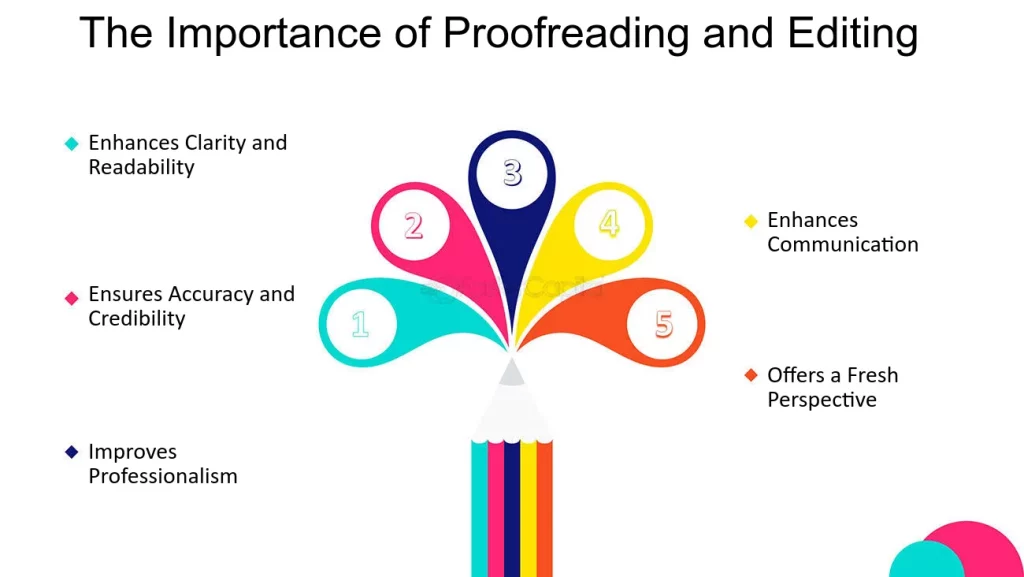How to Write a Business Proposal in 2024

A well-crafted business proposal can be the key to unlocking countless opportunities. Whether you’re aiming to secure funding, sell your business, or forge a new partnership, a business proposal is a crucial document that outlines your plans and persuades others to support your vision.
Essentially, a business proposal is a formal document that presents your business idea, strategy, and financial projections to potential stakeholders. Its purposes include attracting investors, securing loans, partnering with other businesses, and launching new projects.
Video Source
Your approach to writing a business proposal in 2024 must be adaptable and tailored to its specific purpose and audience. This article will guide you through the process, ensuring you craft a proposal that meets your objectives and resonates with your audience.
Quick Takeaways
Understanding the purpose of your business proposal is vital.
Tailoring the content to address the specific needs of your audience helps get your point across.
Gathering comprehensive market data, financial projections, and other relevant information is necessary.
Using clear, concise language and visual aids improves communication.
The Basics of Business Proposals
Why Write a Business Proposal?
A business proposal is your opportunity to present a clear, persuasive plan that outlines what you aim to achieve and how you intend to do it. The primary reasons for writing a business proposal include:
Securing funding
Selling your business
Forming a partnership
Launching a new product
Expanding into new markets
For instance, if you’re looking to attract investors, your proposal needs to convincingly show how their investment will generate returns. If you’re selling your business, the proposal must highlight its value and potential for future growth.
A business proposal helps communicate your vision and the benefits it offers to potential stakeholders, making it an essential tool for any entrepreneur or business owner.
Knowing Your Audience
Understanding who your proposal is for is crucial. Tailoring your business proposal to the specific needs, interests, and concerns of your audience significantly increases its chances of success.
For example, a proposal aimed at investors should focus on financial returns and market opportunities, while a proposal for a potential business partner might emphasize collaboration benefits and shared goals.
Researching and understanding your audience helps you address their key concerns and present your information in a way that resonates with them. This personalized approach makes your proposal more compelling and demonstrates your commitment and understanding of the stakeholders’ needs.
Preparing to Write
Research and Gather Information
Before you start writing your business proposal, thorough research is essential. This means gathering all the necessary information to support your plan and make it convincing.
You’ll need market data to understand your industry, identify your competitors, and define your target audience. Financial projections are crucial to show potential profitability and return on investment. This data includes budgeting, revenue forecasts, and break-even analysis.
Image Source
In addition, you may need information on current trends, customer needs, and potential risks. Comprehensive research ensures your proposal is well-informed, credible, and tailored to address any questions or concerns your audience might have.
Outline the Structure
Creating a clear and logical structure for your business proposal is the next step. Although you’ll need to customize the actual content, a well-organized proposal typically includes the following sections:
Executive Summary: A brief overview of your proposal, highlighting the key points and objectives.
Problem Statement: Clearly define the problem or opportunity your proposal addresses.
Proposed Solution: Detail your solution and how it effectively addresses the problem.
Market Analysis: Provide an analysis of the market, including target audience, competition, and market needs.
Financial Plan: Outline your financial projections, funding requirements, and potential returns.
Implementation Plan: Include steps to implement the solution and information on the timeline and the resources you’ll require.
Conclusion: Summarize the main points, reinforce the benefits of your proposal, and include a call to action.
This structure serves as a useful guide, but remember it can vary based on the purpose of your proposal. Tailoring the structure to fit your specific needs and audience will make your proposal more effective and engaging.
Tips and Best Practices
Clarity and Conciseness
When writing a business proposal, clarity and conciseness are vital. Your goal is to communicate your ideas without overwhelming your reader with unnecessary details.
Use simple, straightforward language and avoid jargon or overly technical terms that might confuse your audience. Each section should be focused and to the point, ensuring that your key messages are easily understood.
Clear and concise writing makes your proposal more accessible and demonstrates your professionalism and ability to communicate complex ideas.
Visual Aids
Incorporating visual aids like charts, graphs, and images can greatly enhance your business proposal. It starts with the cover, as proposals with a visually attractive cover page convert 45% better than those without one.
Visuals help to break up the text, too, making the document more engaging and easier to digest. They also provide a clear and immediate way to present data, such as market trends, financial projections, and comparative analyses.
When using visual aids, ensure they are relevant and directly support the information in your proposal. Use high-quality images and well-designed charts that are easy to read and understand.
Consistent formatting and labeling of visuals also contribute to a polished and professional appearance.
Revising and Proofreading
Revising and proofreading are critical steps in the proposal writing process. After completing your initial draft, take time to review and revise it for clarity and coherence.
Ensure that each section flows logically into the next and that your arguments are well-structured and supported by evidence. Proofreading is equally important to catch grammatical errors, typos, and formatting inconsistencies that can detract from your proposal’s professionalism.

Image Source
Consider seeking feedback from colleagues or mentors to get a fresh perspective and identify any areas for improvement. A well-revised and error-free proposal enhances your credibility and increases the likelihood of achieving your objectives.
Customize Your Business Proposal to Meet Your Needs
Writing a successful business proposal in 2024 requires a strategic approach that begins with understanding its purpose and audience. Once you know who you’re writing for, you can customize the material to relate to the reader, creating a persuasive document that communicates your vision and goals.
Your online presence also matters as you work to become attractive for partnerships and investment, and Marketing Insider Group can help. Our Content Builder Services establish brand authority and drive sales, so your financials will look better, too. Contact us to learn more, or book your free consultation with our team.




